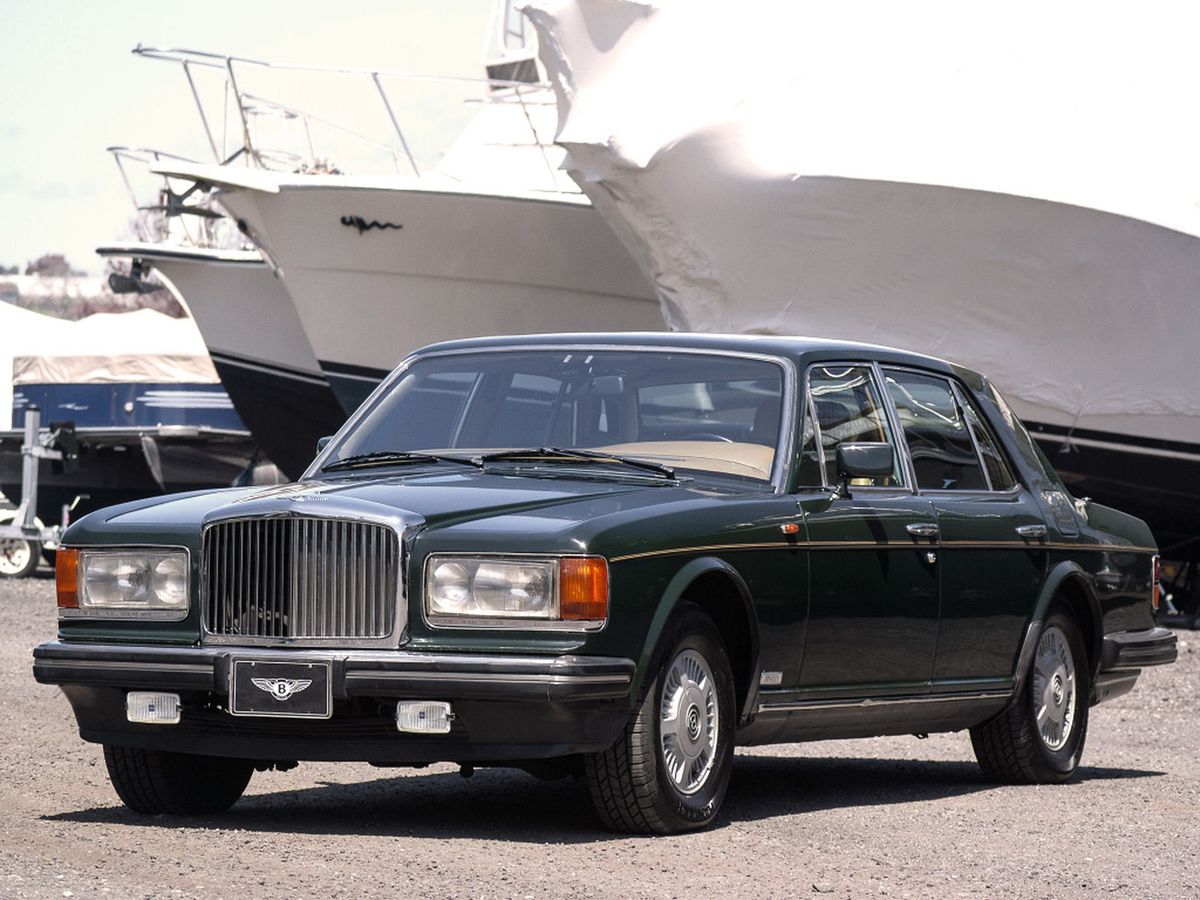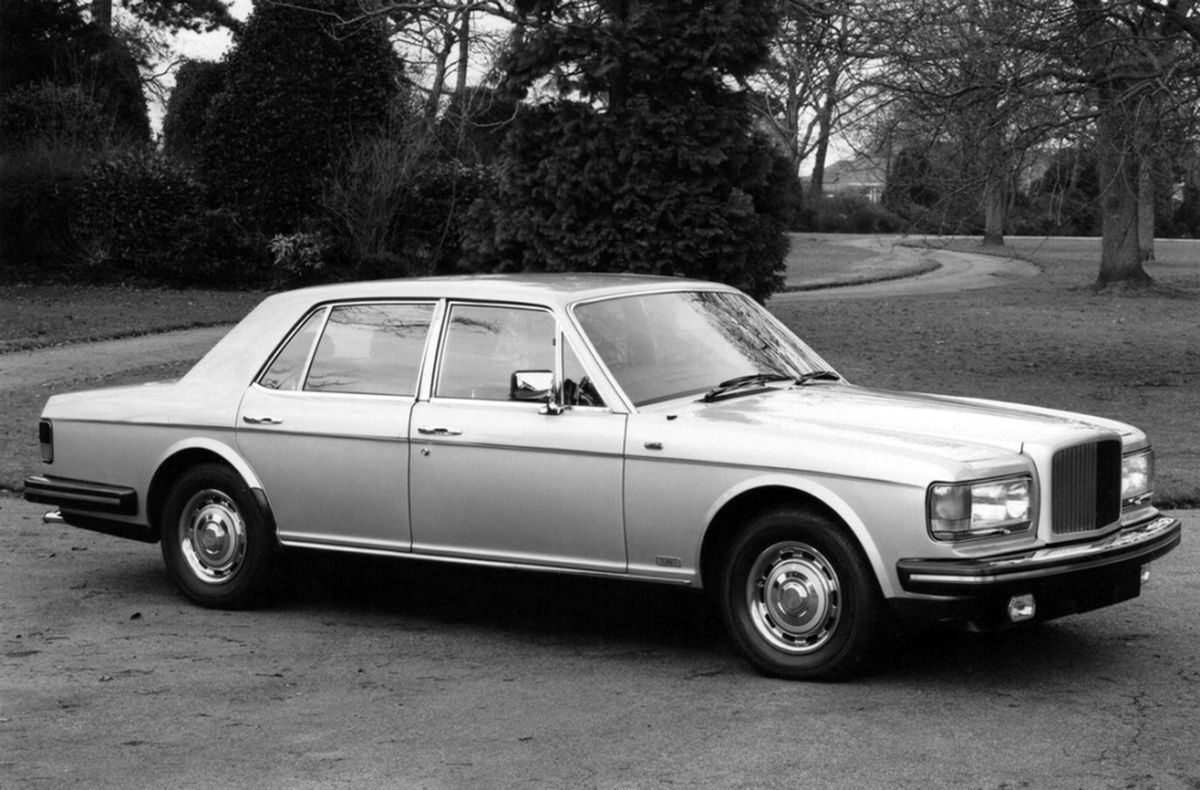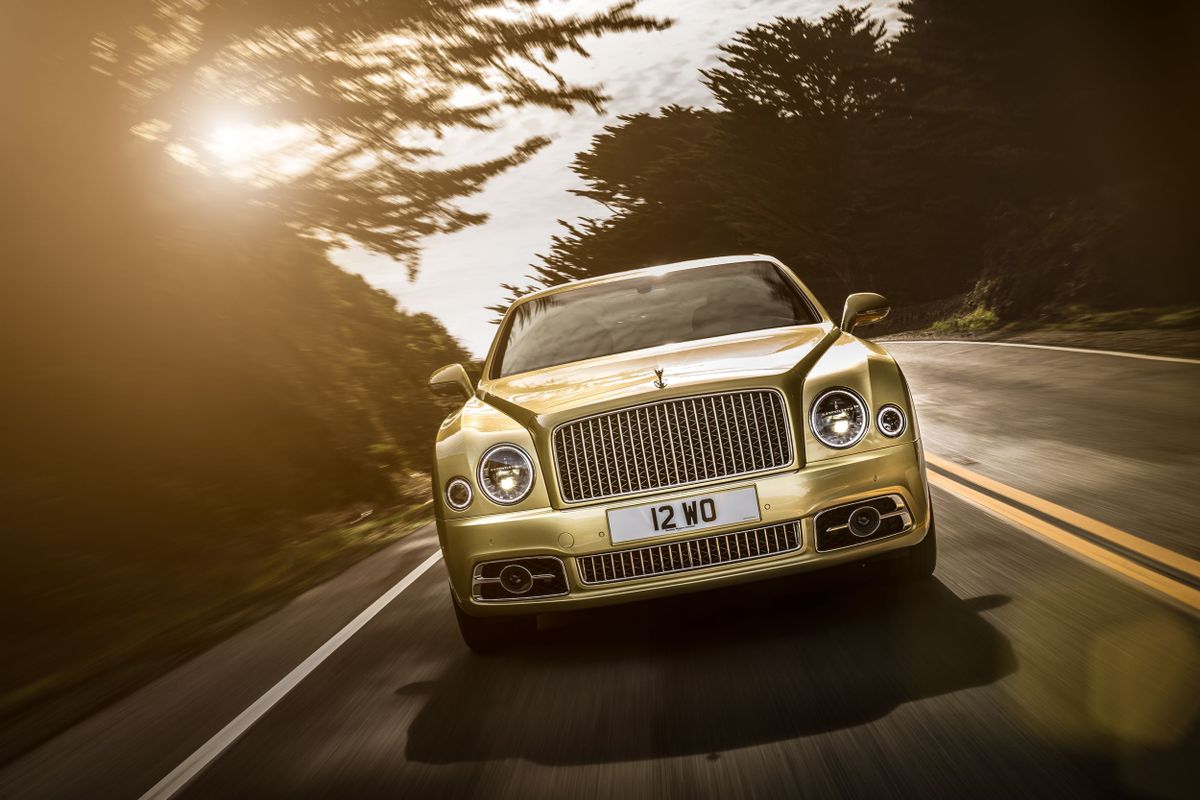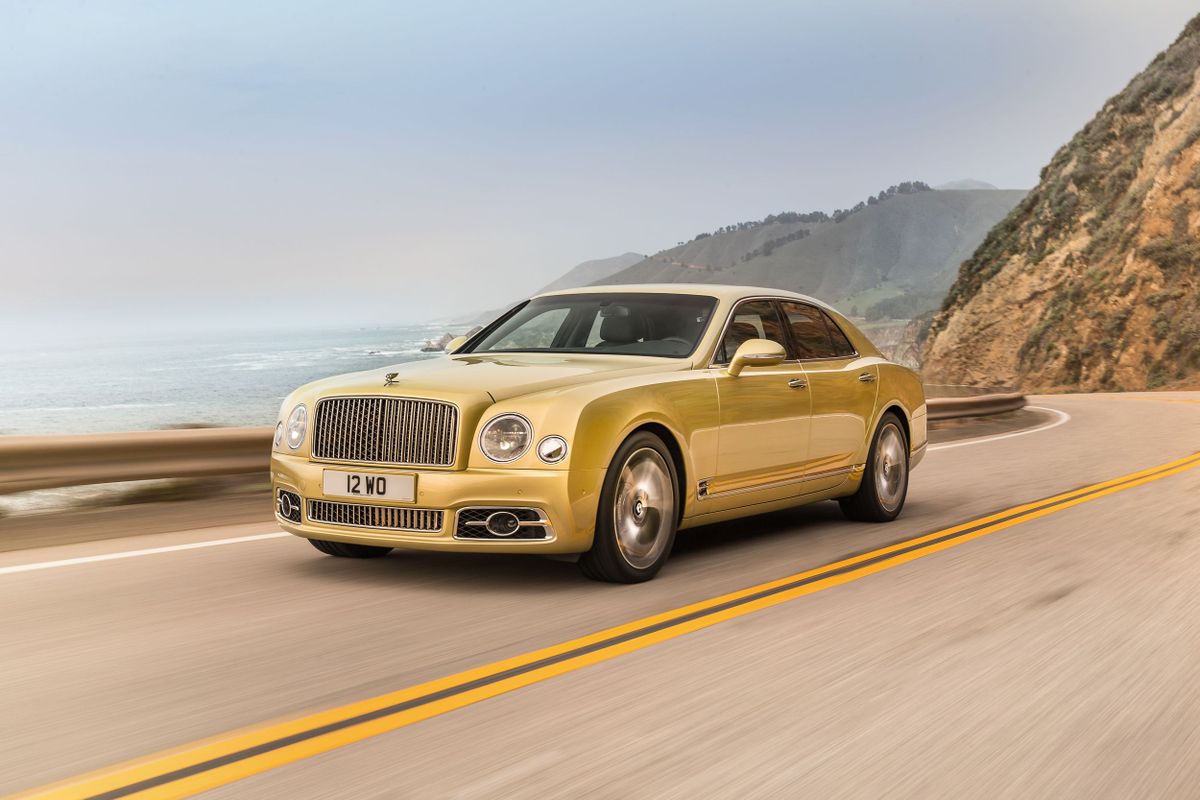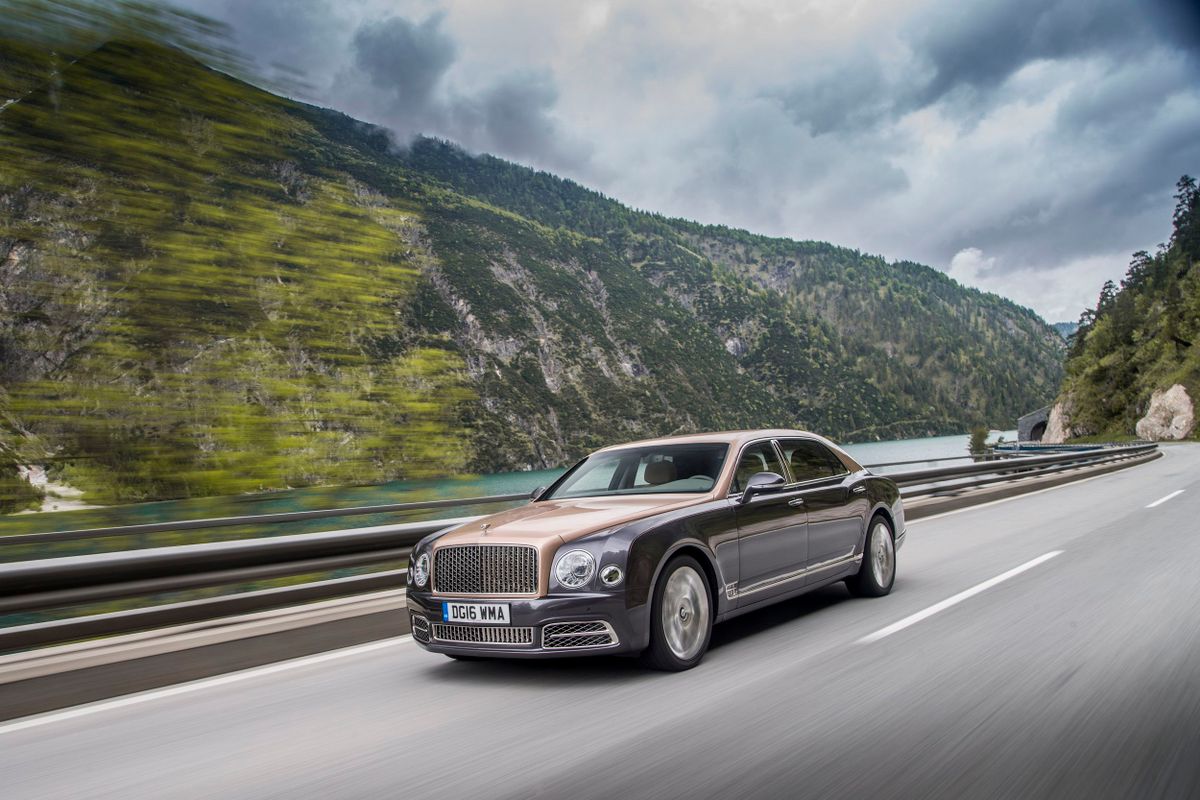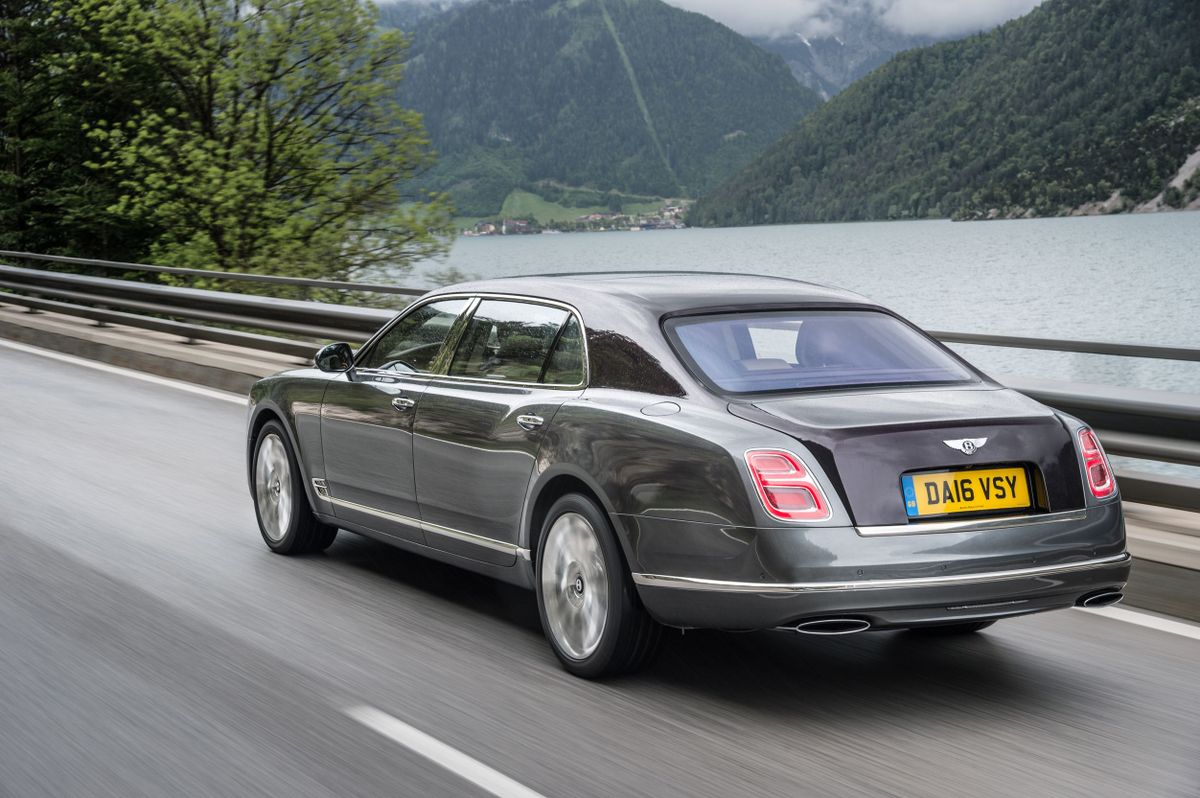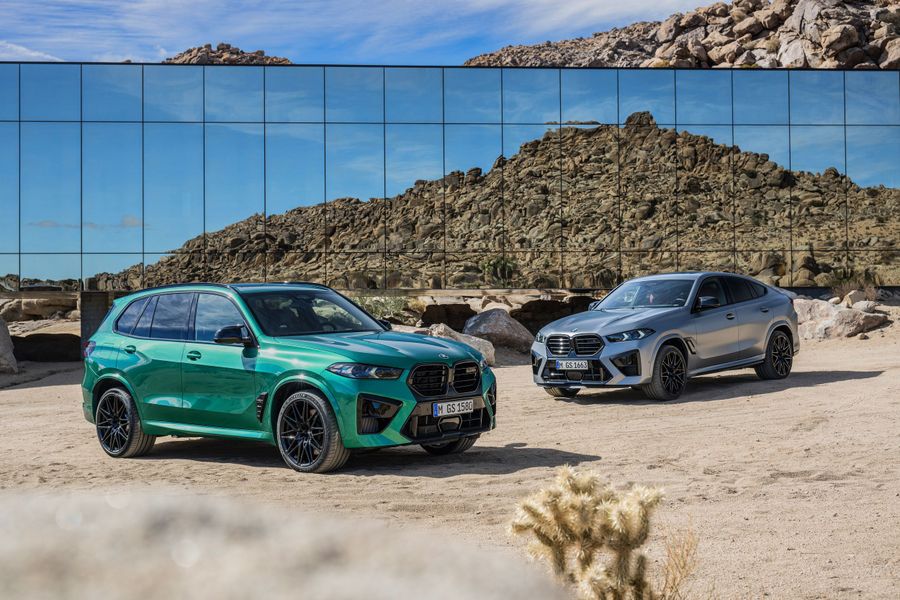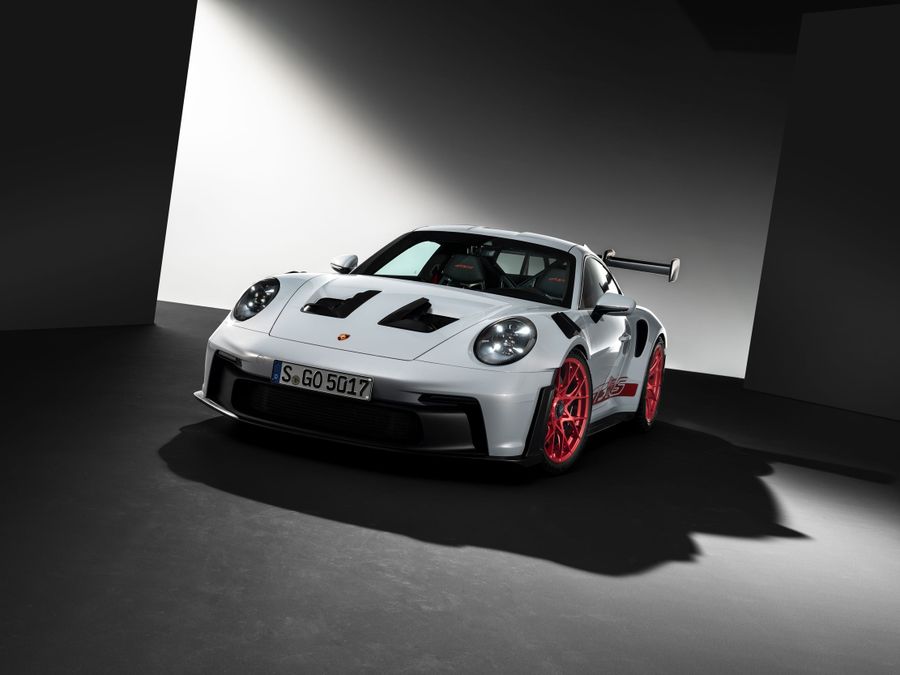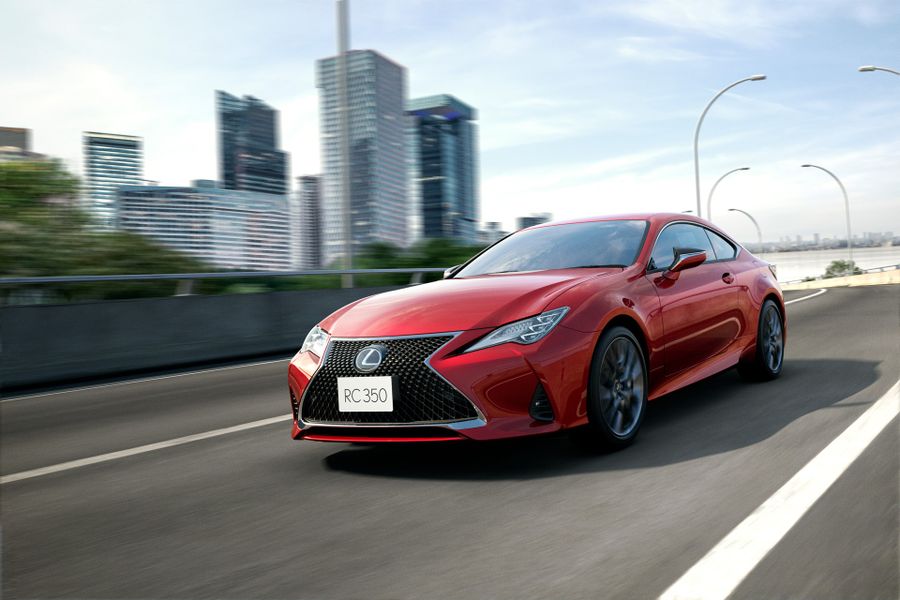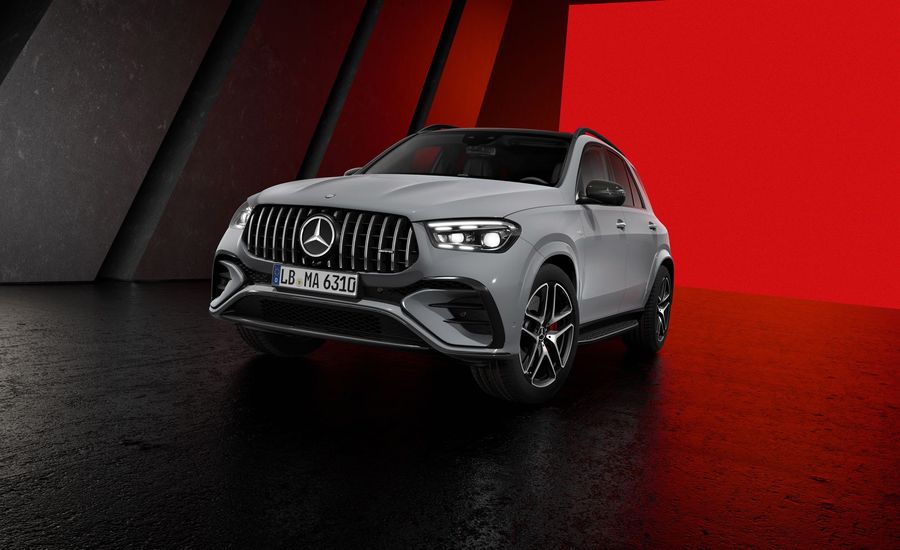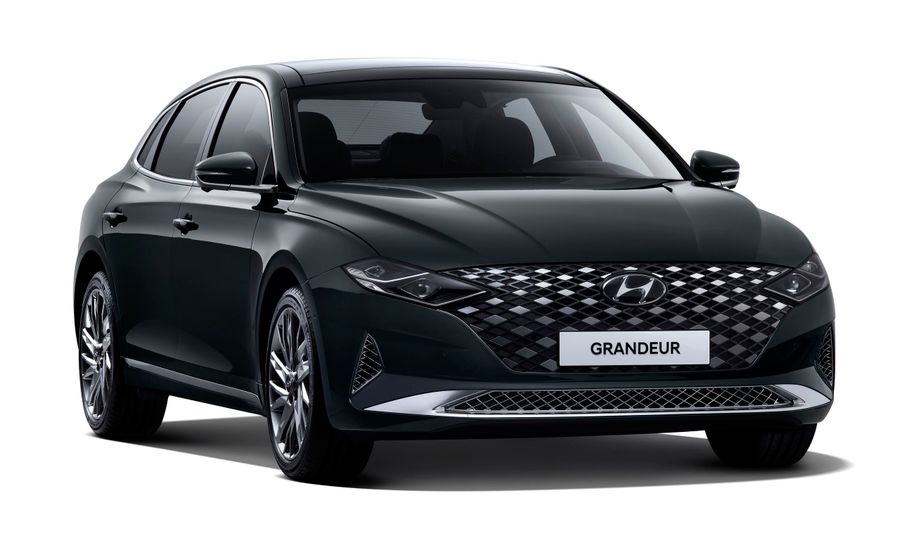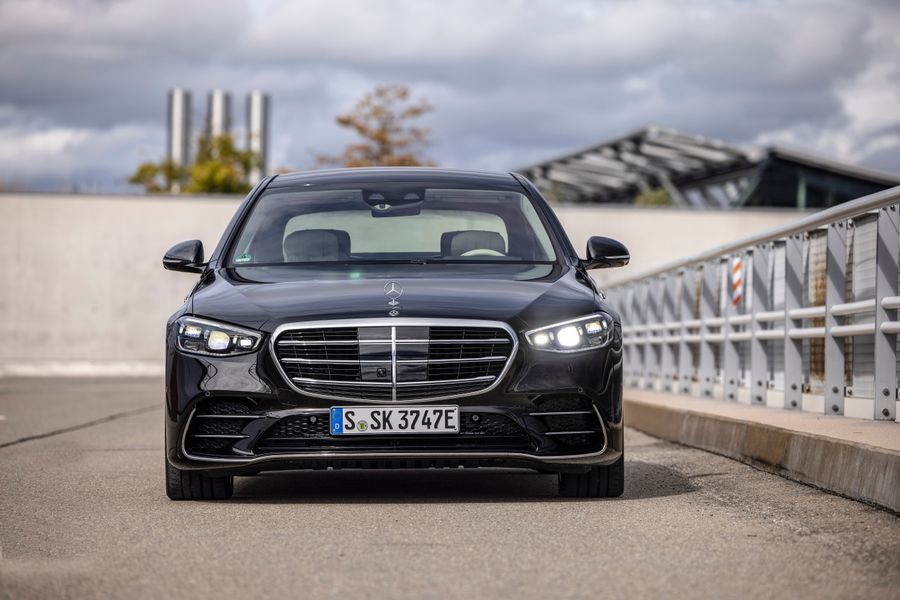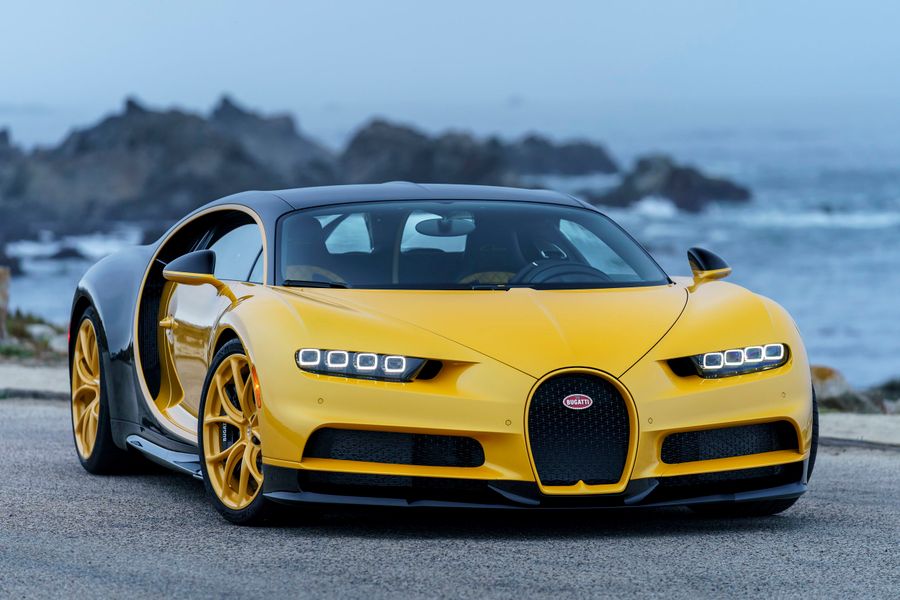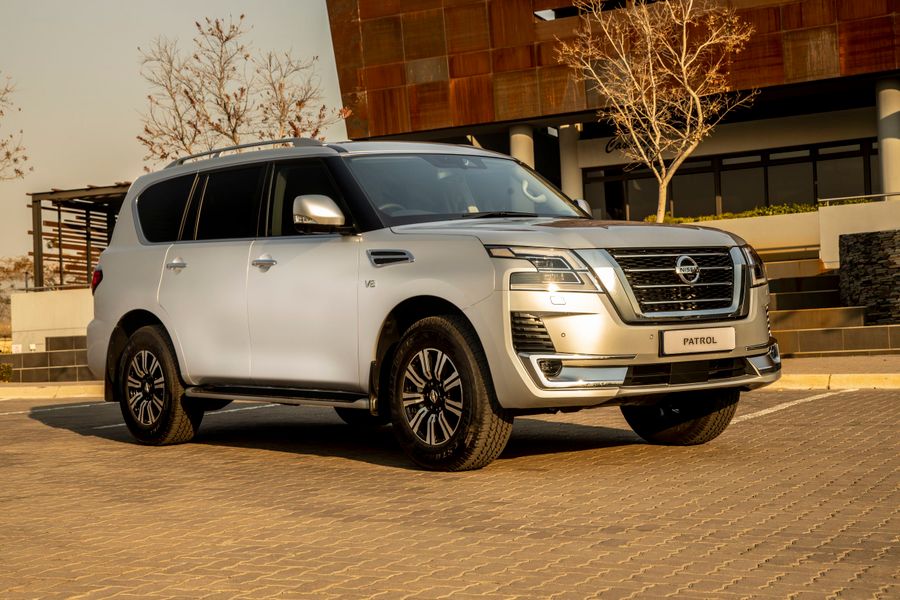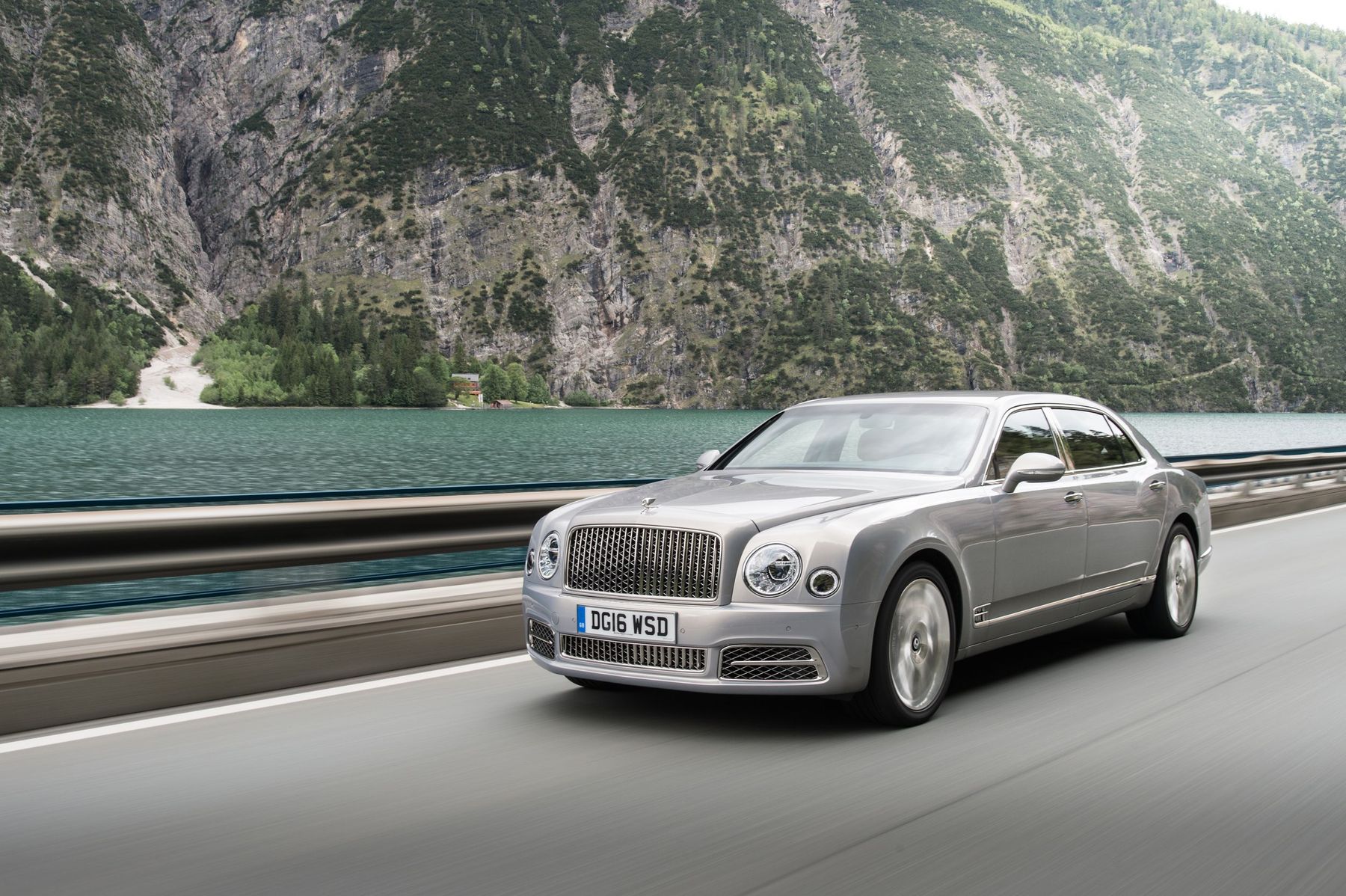
Bentley Mulsanne. The epitome of luxury and elegance
Bentley Mulsanne is an executive-class luxury sedan vehicle manufactured by the British company Bentley Motors since 1980. In 2020 the Israel market offered 2016 restyled versions of the second and last generation vehicles. In the spring of 2020, the production of Mulsanne vehicles was discontinued.
The name ‘Mulsanne’ traces back to the legendary sport’s past of the Bentley vehicles which between 1924 and 1930 managed to become five-time winners of the famous ’24 Hours of Le Mans’ sports car race. The longest straight of the circuit is called ‘Mulsanne Straight’ which is also a part of the highway leading to the village of Mulsanne in the west of France.
When we think about car racing, large sedans aren’t usually the first thing to come to mind. However, there’s actually a very strong connection there. In the 1930s, when Bentley vehicles dominated the Le Mans race, all the other racing cars were large and heavy and had big engines, too, and in their concept were much more similar to the modern Mulsanne vehicles rather than other models such as Continental GT, for instance. In those days racing was all about driving on straights rather than on curved lines – which is exactly how Mulsanne vehicles got their legendary name.
First generation
Manufactured from 1980 up until 1993. The first Mulsanne had, at the time, a very contemporary design to it – with its streamlined body, large glass area, aluminum car hood, and trunk lid as well as zinc-galvanized underbody and car frame to prevent corrosion. Its front axle was equipped with a double wishbone auxiliary frame, and the rear one had an independent triangular wishbone suspension to ensure better vehicle steerability, especially when driving at sharp corners. The car was supplied with an 8-cylinder V-shaped engine with a volume of 6.75 liters and the addition of a 3-speed automatic gearbox. Initially, the engine also had a carburetor which was soon replaced by a fuel injection system. In 1987, the original Mulsanne also got a newer Mulsanne S model. The first generation Mulsanne vehicles were offered in the following modifications:
- Mulsanne Turbo - released in 1982 and equipped with a turbo-compound engine;
- Mulsanne Turbo R - where ‘R’ stands for ‘Roadholding’ – a model very similar to the regular Turbo one, but with enhanced roll suspension stiffness;
- Mulsanne Eight – a more affordable model with a simpler design and less expensive passenger compartment trim aimed at younger customers.
Second generation
Manufactured from 2010 up until 2020, has also got a restyled version in 2016. Second generation Mulsanne is basically the first Bentley vehicle in 80 years to be built on an original platform. Instead of borrowing a platform, there was developed a completely new one specifically for the new Bentley Mulsanne model with a wheelbase of 3266 mm. The new sedan vehicle has got the perfect axle weight distribution as well as rather a sharp steering which prevents it from those body rolls which can happen when turning a corner in big comfortable cars like this one.
The vehicle is equipped with a twin-turbocharged 8-cylinder V-shaped engine with a volume of 6.75 liters and a power capacity of 512 hp, as well as an 8-speed automatic gearbox from the German ZahnradFabrik company. The maximum speed of the sedan is a little less than 300 km/h, it’s 0 to 100 km/h being only 5.3 seconds. The average fuel consumption is 16.9 liters per 100 km.
The production time of the vehicle is 400 hours – which is three times longer than the production time of any other Bentley vehicle. The vast majority of these man-hours is spent working on the passenger compartment trimming that is done completely manually.
The most powerful Mulsanne Speed model that was introduced in 2014 is equipped with an engine with a power capacity of 537 hp, a maximum speed of 305 km/h, and a 0 to 100 km/h time of 4.9 seconds. It doesn’t even matter if the car is accelerating from twenty kilometers per hour, or two hundred – the acceleration will be just as fast and smooth. The engine of this vehicle also works at extremely low speeds, and the 8-speed ZF automatic gearbox changes gear without almost any noise at all – making you feel like you are sitting in an airplane seat, and the plane is running on the runway, but the runway is perfectly smooth and the plane is unusually quiet. There is also a cylinder deactivation system that allows you to deactivate half of the cylinders, thus limiting the passport fuel consumption of the 537 hp Mulsanne Speed vehicle with a compound engine to only 15 liters per 100 km.
All stages of Mulsanne manufacture are carried out in Crew exclusively, including the welding process of the car body itself. The production time of the vehicle is 400 hours – which is three times longer than the production time of any other Bentley vehicle. The vast majority of these man-hours is spent working on the passenger compartment trimming. The second generation Mulsanne vehicles are indeed very luxurious cars with a range of 114 different car body color options to choose from. As for the passenger compartment, second generation cars offer 24 color options for the genuine leather trim, complemented by fine wood and hand-polished steel details. The executive-class car is also equipped with a 40 GB hard drive, navigation system, sound system with 14 speakers as well as many other advanced features that are still very new for this traditional British car range.
In 2016, the Mulsanne also received a facelift, with the new version getting with an updated radiator grille, bumpers, head- and taillights, and a new multimedia system. The new vehicle has also got chrome-trimmed fog lights as well as vertical slats on the radiator grille.
Apart from that, the car also got a long-wheelbase version – Mulsanne Extended Wheelbase (EWB) – with a wheelbase 250 mm longer than before. Truly a first-class vehicle – with the addition of tray tables and ottoman seats as well as window curtains, center console bar, separated relax back seats, and a sunroof in the back area of the passenger compartment. In 2020 the production of Mulsanne vehicles was discontinued. All the staff responsible for the production of the vehicle has been transferred to other production divisions in Crew, with the new Flying Spur model taking on the status of the new flagship Bentley vehicle. The last 30 6.75 Edition Mulsanne vehicles were released in the spring of 2020.


